Wood and steel sculptures created with a contemporary design combining wood and steel elements to create truly dynamic sculptures.
The Conflent – a hidden gem
The Conflent is an untamed and beautiful valley in the foothills of the Pyrenees leading from Perpignan up towards the high mountains of Andorra and Spain, so midway between the mountains and the sea.
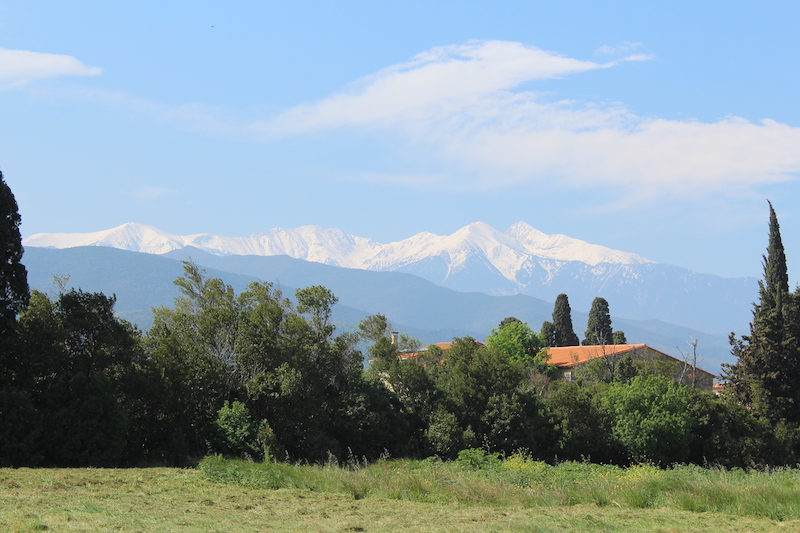
I based myself in Prades, which describes itself as the gateway to the Conflent. A pretty, well-organised town but one where you are constantly aware of the looming presence of the Canigó Massif, all 9134 feet of it, the spiritual home of the Catalan people, capped by snow virtually all year.
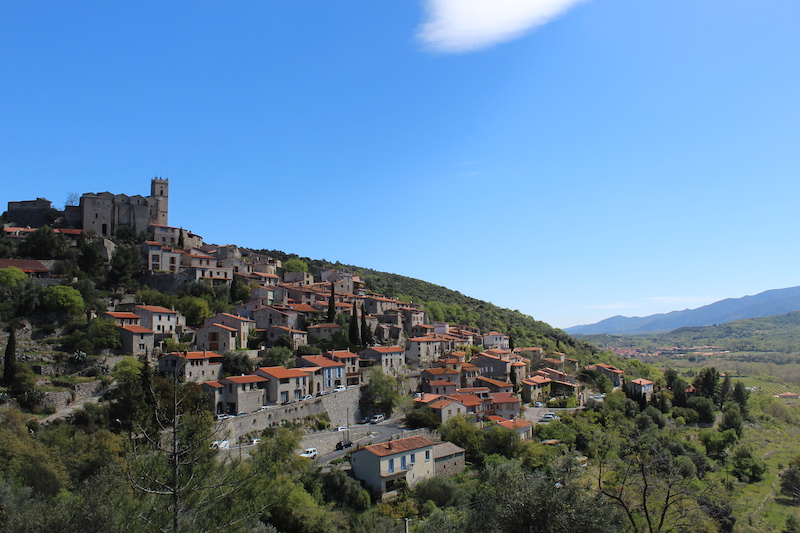
Around Prades is a selection of extraordinarily pretty villages - many of them qualifying for the appellation Plus Belles Villages de France. Eus, an artistic community rising up the side of the valley not far from Prades, to a point provided by the inevitable village church, which towers above all else (apart, of course, for the mountain!).
Further down the valley is Castelnou, dominated by the Chateau Vicomtal, against the ever present backdrop of Canigó.
Then up the valley towards the Pyrenees, to Villefranche de Conflent, where I first came across the work of France’s engineer extraordinaire - Vauban - who worked for the Sun King to help define France’s borders via an amazing collection of fortifications, some of them taking in whole towns.
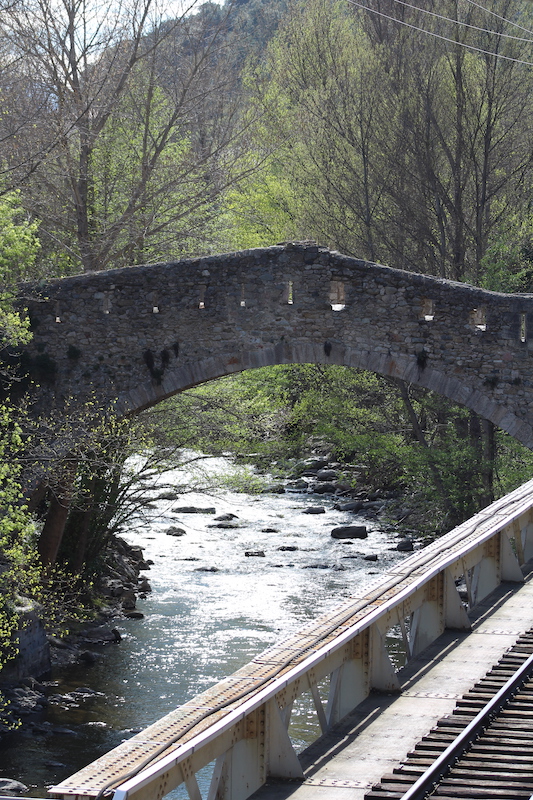
Such a place is Villefranche de Conflent. Built at the confluence of two rivers in the river valley, it was obviously deemed of sufficient strategic importance to warrant fortifying the whole town, so it is surrounded by Vauban’s characteristic ramparts. Even the bridge is fortified!
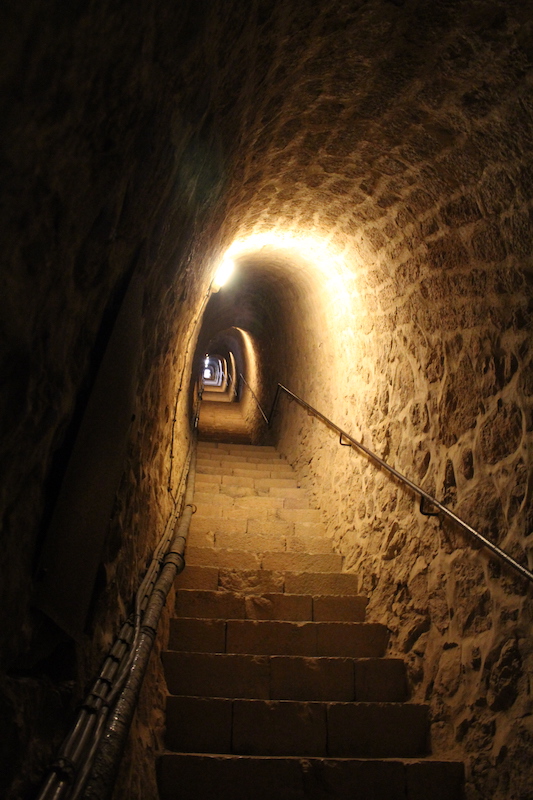
But, being in the valley, it is still vulnerable to attack from the heights above, which led Vauban to build, on the cliff above it, a fort - now called Fort Liberia. The fort is connected to the town by an underground staircase (reputed to be the longest continuous staircase in the world) and the fortified bridge.
The handrails in the fort are made with Iron mined on nearby Canigó and, although I find it difficult to believe, have survived hundreds of years without any special treatment.
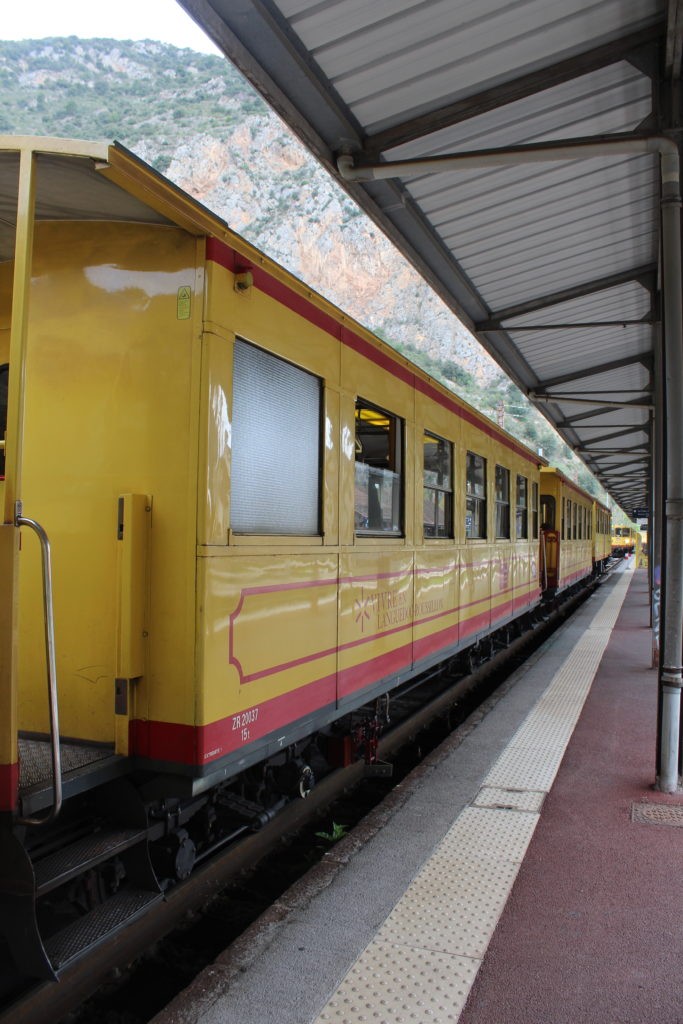
Close to Villefranche one can catch the train - The Little Yellow Train - which climbs steeply up the valley to the highest train station in France, at over 5000 feet. There is a campaign running to keep the Little Yellow Train going, which suggests that maintaining this difficult line is not economically viable. This is understandable but the train is so special that it deserves special status.
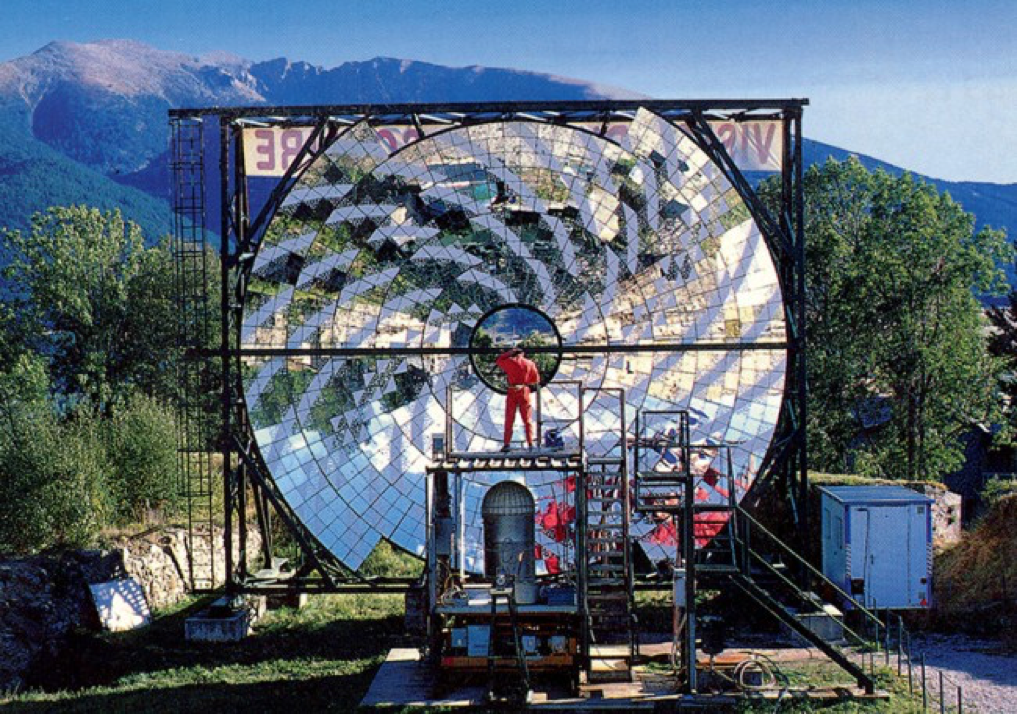
I caught it up to Mont Louis, where another Vauban fort is still occupied and used by French Special Forces, so you can imagine that my turning up “to have a look” went down well! While cycling around Mont Louis, I came across a huge concave mirror sitting on the hillside and discovered that France has been working with solar furnaces since 1946. The Mont Louis furnace was built in 1949 and, nearby at Odeillo, a fully operational furnace was commissioned in 1970. It is capable of temperatures of 3500 degrees C in seconds, with no pollution. (Not my picture)
I have here merely scratched the surface of what is available in the Conflent. There are in addition: historic abbeys perched high on mountain tops, hot baths (one of which, at Vernet-les-Bains, was home to many British aristocrats, including Rudyard Kipling, in the 19th Century), limestone caverns, unspoilt nature reserves offering hiking and cycling and more adventurous activities like white water rafting and canyoning, a huge array of cultural events and, of course, the ever present French emphasis on culinary excellence. My guess is that the French do not try to promote the Conflent too hard, outside of France, so as to keep its delights to themselves!